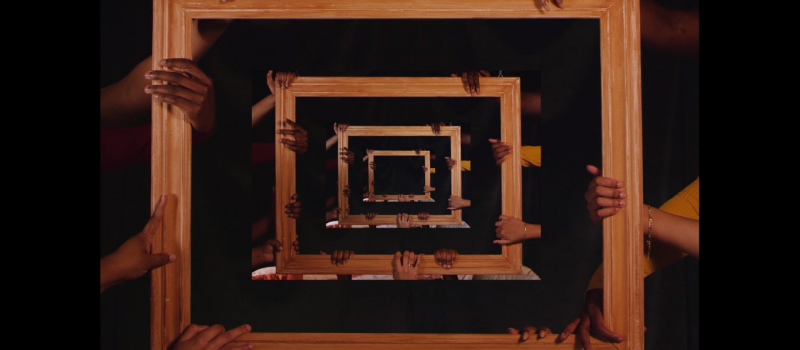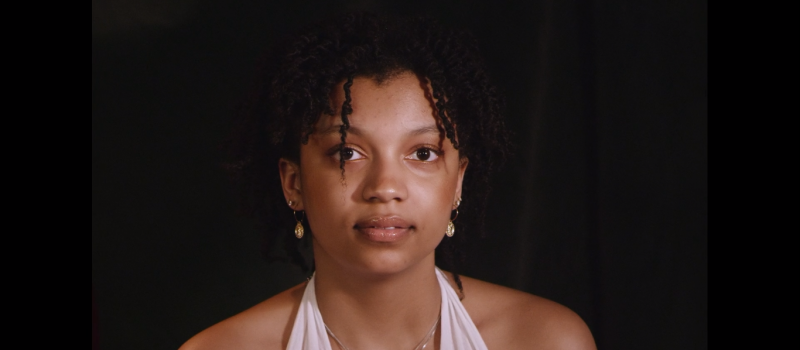
Laura Kamugisha is a 23 years old Canadian filmmaker of Congo-Rwandan origin, based in Montreal. Her latest short film, the experimental “Mitochondrial”, was selected and highlighted by festivals such as NFC and ScreenCulture UK. We got a chance to talk to Laura, to get a better sense of her artistic ambitions, future projects and the experiences that informed the making of “Mitochondrial”.
➣ Tell us a little bit about your way as an upcoming filmmaker.
➤ I arrived in Canada at a very young age with my mother. She’s from Rwanda and we came here as political refugees. My films explore notions of cultural identity, memories and inter-generational baggage – all through visual poetry.
I have a bachelor’s degree in Film Production at Concordia University and would describe my projects – and myself – as sensitive, stubborn and intuitive.
I am currently developing two short fiction films while interning at Midi La Nuit, the Academy Award-nominated production company, founded by Annick Blanc and Maria Gracia Turgeon.
➣ What was the process leading up to the making of “Mitochondrial”?
➤ “Mitochondrial” is my first experimental short film. It illustrates the impact of black women’s unity in regard to their representation in popular culture. Poetic and experimental, it connects, through an auditory allegory, black women and the mitochondria – the powerhouse of our cells.
Before studying film, I was studying health science with a focus on microbiology. I’m very curious by nature and fascinated by the human condition. “Mitochondrial” is the collision of my love for science and for cinema. As a black woman in Quebec, I grew up without seeing myself represented in mainstream media such as TV shows, films, music videos, books and so on. The rare times when I saw a black woman on screen, she was always portrayed in a stereotypical way – as a drug user, a servant or a thug. We, as a collective, were reduced to objects or habits. I realized that the only way to break these stereotypical portraits was by writing more complex female characters, but that only happens when there are women behind the camera, as filmmakers and crew members. That’s why the black women in my film are holding a frame. The more black hands are involved in filmmaking, the richer the story will be. There’s a similar phenomenon that happened during the complexification of our cells – which are called eukaryotic cells. I explain, through voice-over, the genesis of humanity and the importance of the mitochondria which wasn’t always part of our bodies.
➣ Tell us about a filmmaker you admire or look up to.
➤ I truly admire Ava Duvernay. I don’t simply admire her because she’s a black screenwriter, director and producer – but also because her story is filled with hope and resilience. Ava didn’t pick up a camera until she was 32 years old. And that career change led her to direct powerful movies like “Selma” or the TV mini-series “When They See Us”. Her story goes to show that there’s not a specific timeline or path to follow that will lead you to success. You can change your mind and pick up a new passion, and if you keep putting one foot in front of the other, you might just make it.
I also appreciate the vulnerability of her characters. They allow themselves to feel every emotion. By doing that, she is humanizing her black leads – which is crucial and important work.

➣ What are your main goals and hopes for the future?
➤ During the next 5 years, I will be developing, directing and producing two short fiction films and one short documentary. In the next 10 years, I also wish to create a production company that will showcase BIPOC (Black, Indigenous and people of colour) content by BIPOC creators.
We still have a long way to go, but I’m looking forward to it.
Follow Laura on social media >
Facebook | Instagram | Laura’s Website
